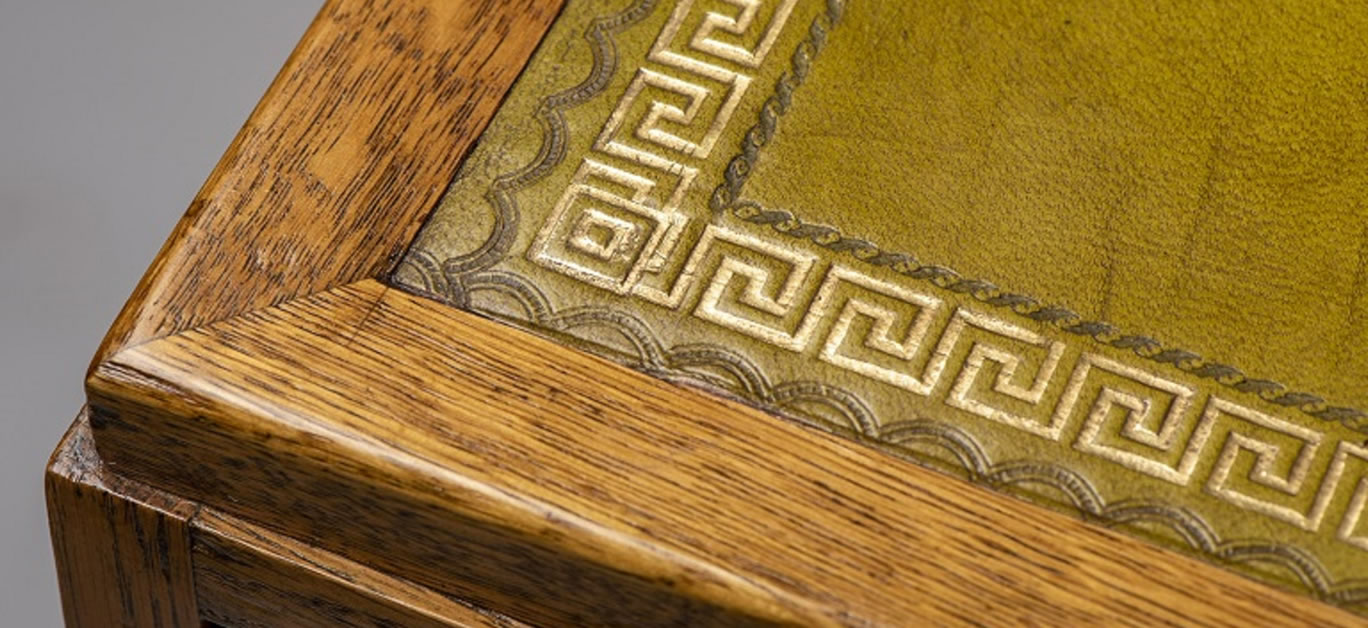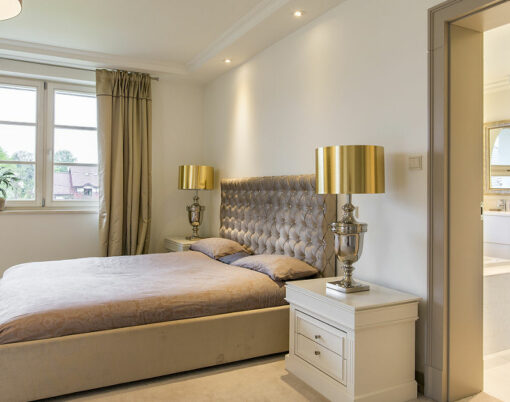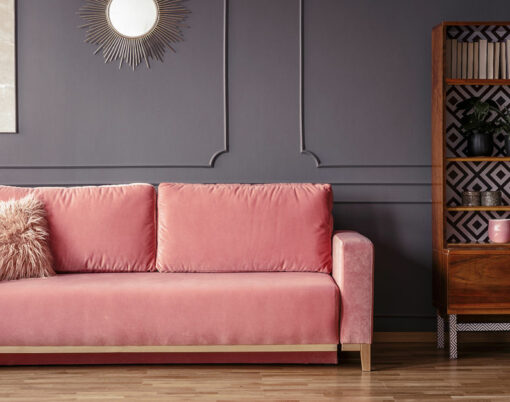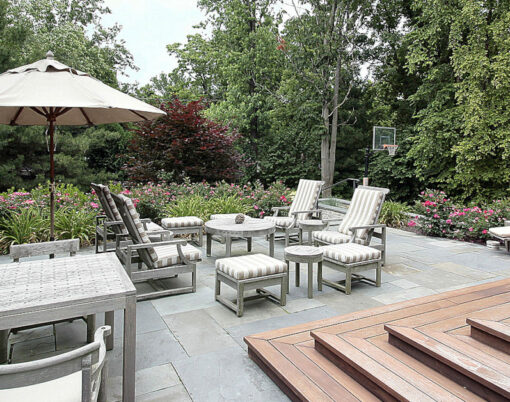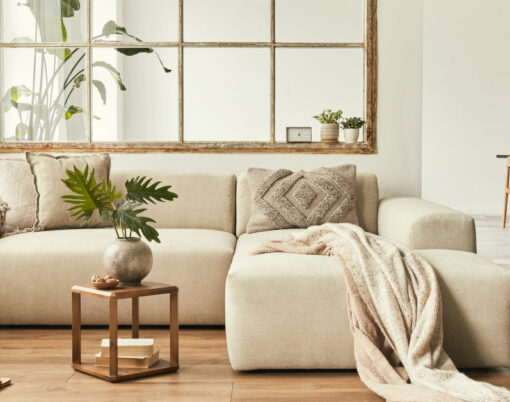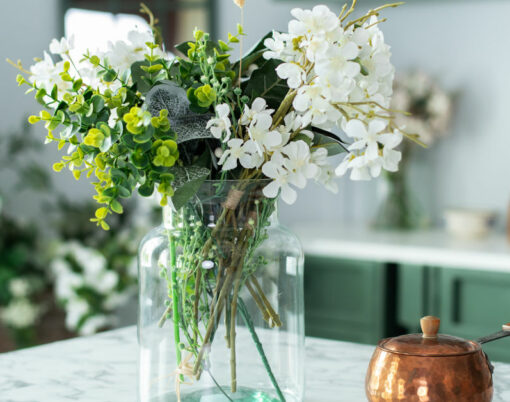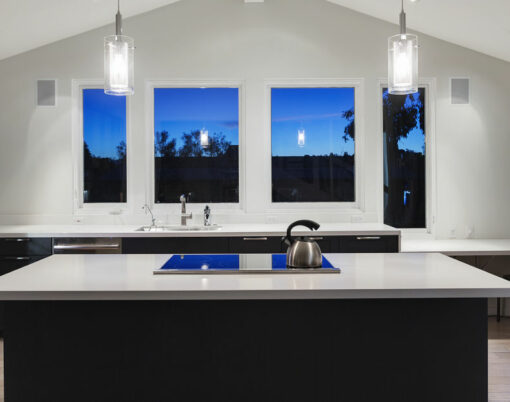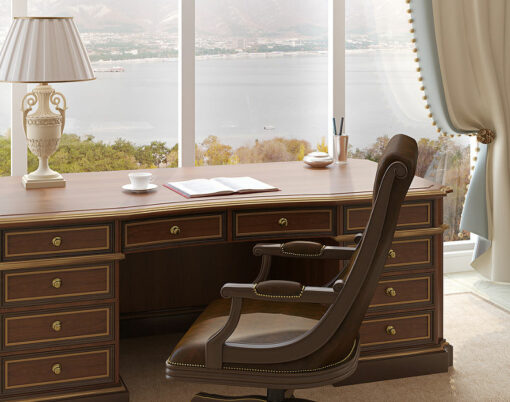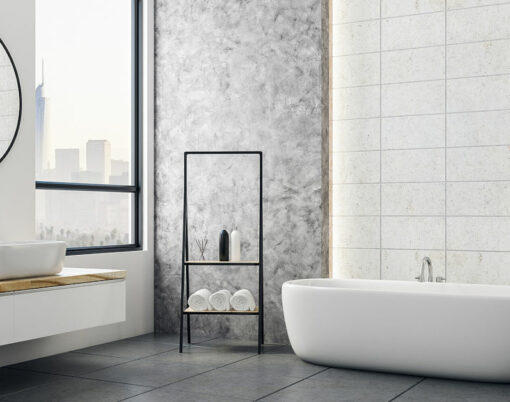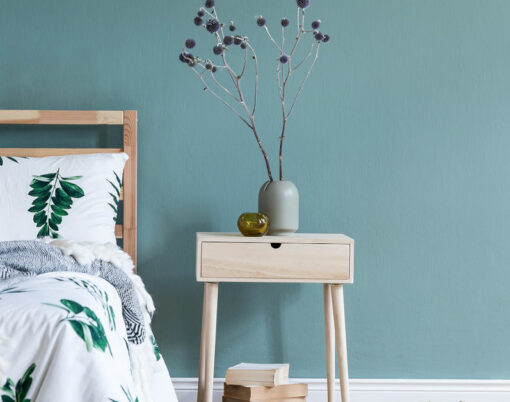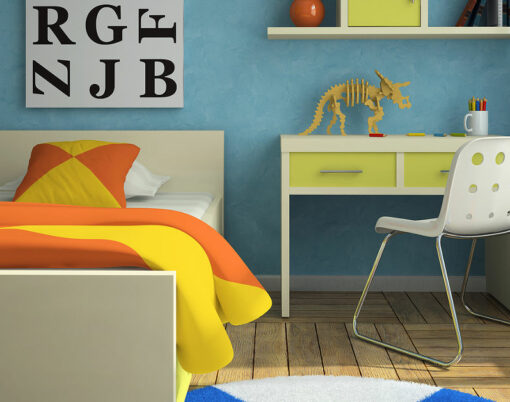If you’re new to the world of antique collecting, it can be a wonderful and exhilarating experience, but it is important to do your research and take certain things into consideration.
There are a few simple questions you want to keep in the forefront of your mind when you are on the hunt for that perfect antique piece; is it genuine, will it fit in your home, and are you paying the right price?
Historically, to determine if something is an antique, it usually meant that an item is over 100 years old. As time has moved on, the description of antiques is more fluid. For example, mid- century modern items which are typically around 50 years can be classed as prized antiques.
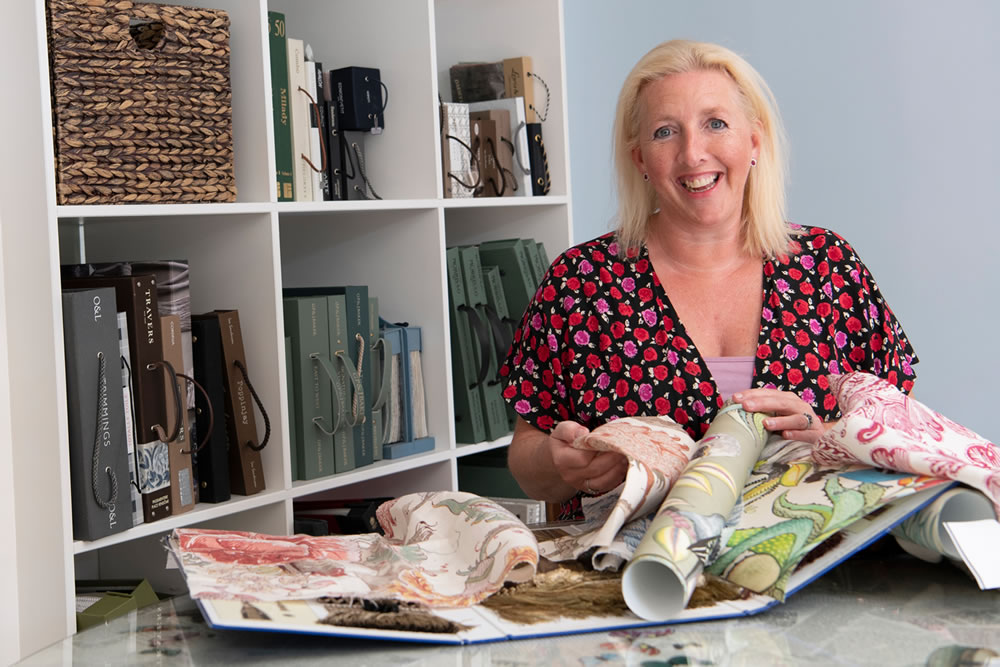
We are delighted to speak to long established Holly Johnson, from Holly Johnson Antiques to get her insight on how to get started in collecting antiques. Holly has supplied many leading international interior designers over the years, with a particular following in America. There have been many celebrity clients along the way including Oprah Winfrey, Janet Jackson, renowned chef and hotelier Marco Pierre White, and the Beckhams to name a few.
Holly trained at Christies, went onto develop her career at Bonhams (Phillips) and following this worked with David Dickinson showing 19th Century Exhibition Furniture at the major London Fairs.
Holly suggests that the best way to get started is to visit your local or London antiques dealers and check that they are approved members of trade associations such as LAPADA and BADA.
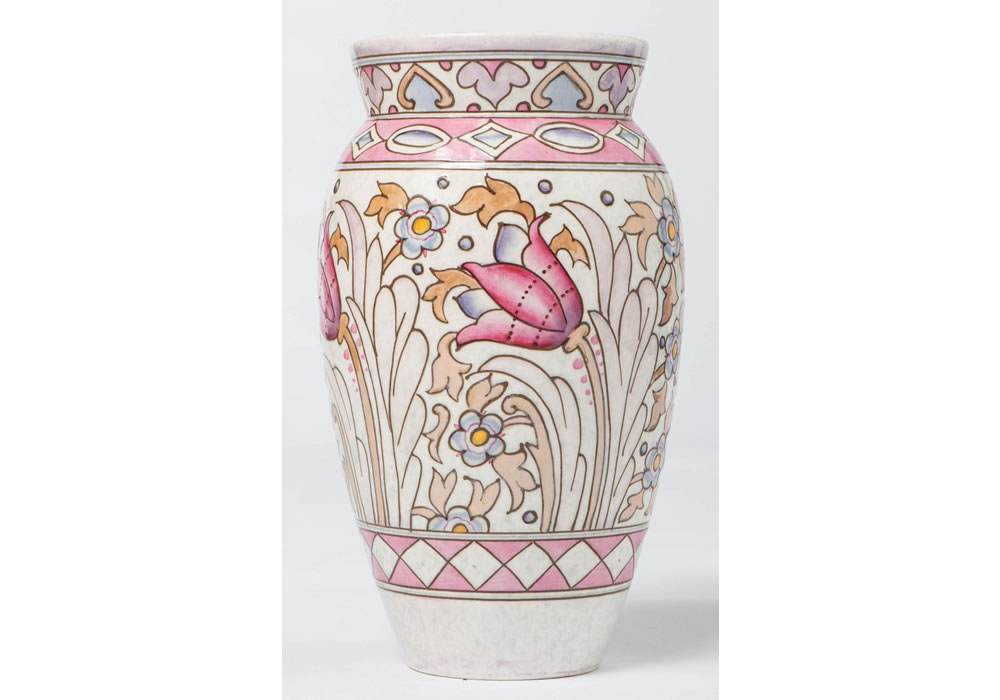
She tells us: “If you’re new to antiques the best thing to do is start with one room in the house and decide where you’d like to put your item. Get an idea of the size of the area where it will be placed as this will help narrow your options when you go shopping. Good pieces to start with are accessory items such as lamps, art, mirrors or side tables as opposed to larger pieces of furniture. Take a photograph of the room so when you go shopping you can refer to it and picture the piece in your home.”
“Collectable antiques are often made by well-known designers, and are housed in private collections and museums around the world, and are made with the highest quality materials,” adds Holly.
For example, the 18th Century furniture maker, Gillows of Lancaster and London made heavy use of exceptional grade mahogany wood. Similarly, the Arts and Crafts designers were renowned for using English oak.
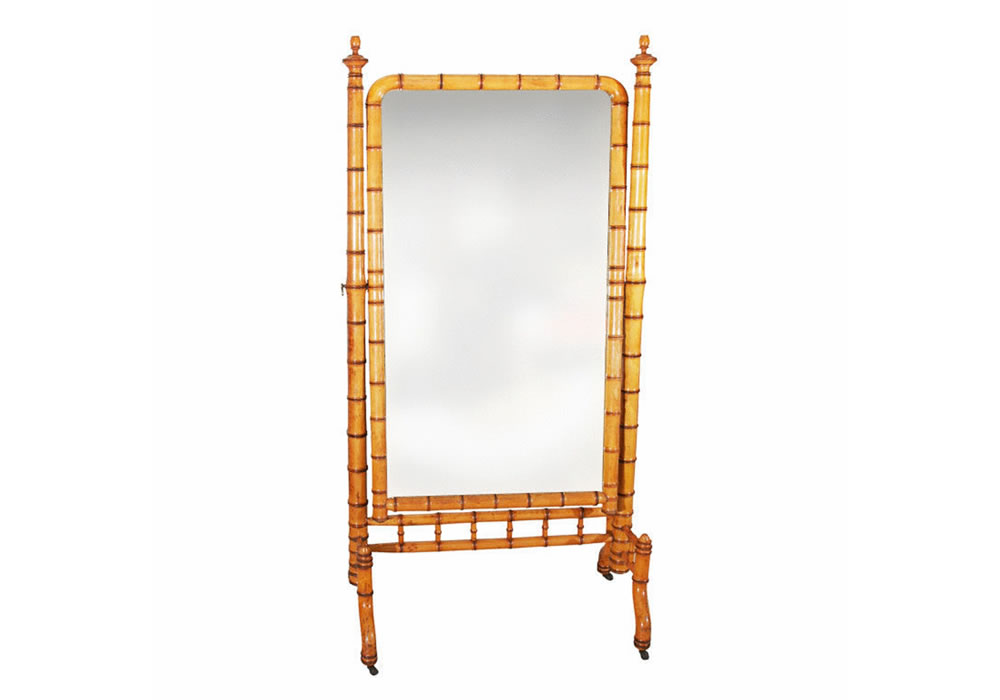
Holly explains that antiques worth considering collecting are often ahead of their time when they were manufactured, and were regarded as Avant-Garde, fashionable pieces to own.
These are the items which then go on to transcend time, and great pieces to collect. For example, you can see this with the Regency period, where designers were classically inspired such as the very influential Thomas Hope and the Scottish designer John McLean.
A more modern example can be found in the 1980s Italian-based Memphis Group – a design and architecture group, founded by Ettore Sottsass, well known for their post-modern, abstract and colourful furniture, ceramics, glass, and metal pieces.
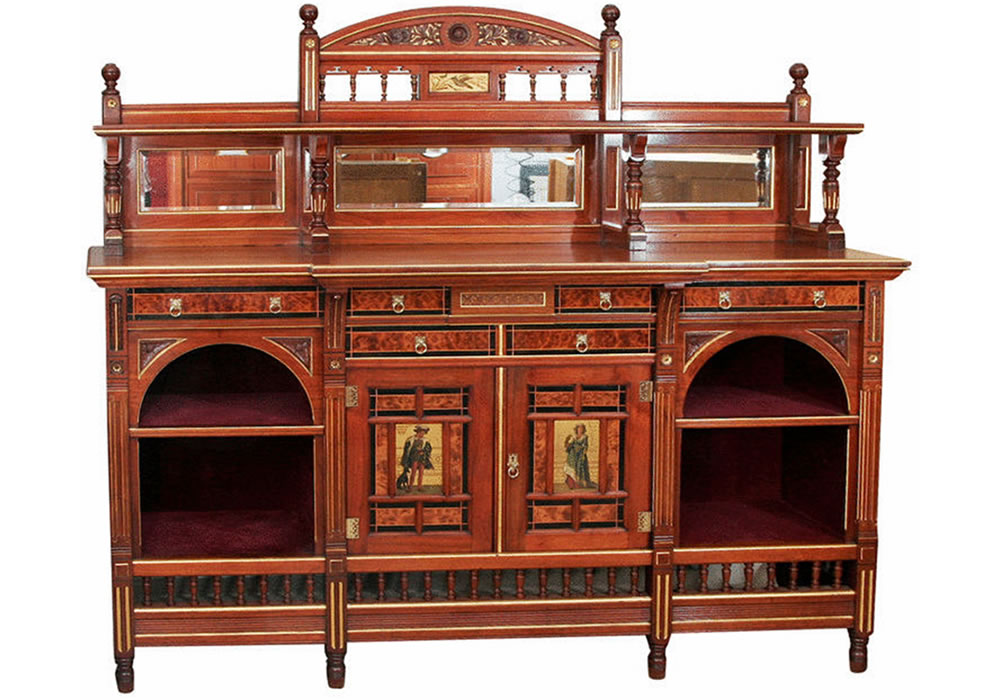
If you are worried about wear and tear, well-made antiques are hardwearing and react well to usage over time. In the industry, Holly says that wear and tear is an “enhancer of the piece and each item will have different patina (the build-up on colour), as the light and how they have been handled affects their colour”. Holly reiterates that well patinated pieces are prized, and can command a higher price.
When vising antiques dealers, Holly suggests focusing in on the pieces that really stand out to you, and always ask before picking anything up. It is important to take your time checking over it, look for authenticity marks, inspect any flaws and watch out for modern fixings as these are often an indication that the piece has been altered. The antique seller will most-likely welcome any questions and should be able to give you an insight into the date and history of the items you like. If they can’t, you may not be in a reputable store.
Holly’s final bit of advice is simple but very important. Make sure you actually really like the item you choose and you enjoy its aesthetics. As with any decorative item, they are completely subjective to the owner’ personal taste, so what I may enjoy may not appeal to you, and so forth. That is the joy of collecting antiques, everything has its own unique personality and identity.
All imagery supplied by Holly Johnson Antiques. Image at the very top of the article: Art Deco Desk in Light Oak by Heal’s of London, England, circa 1920.












